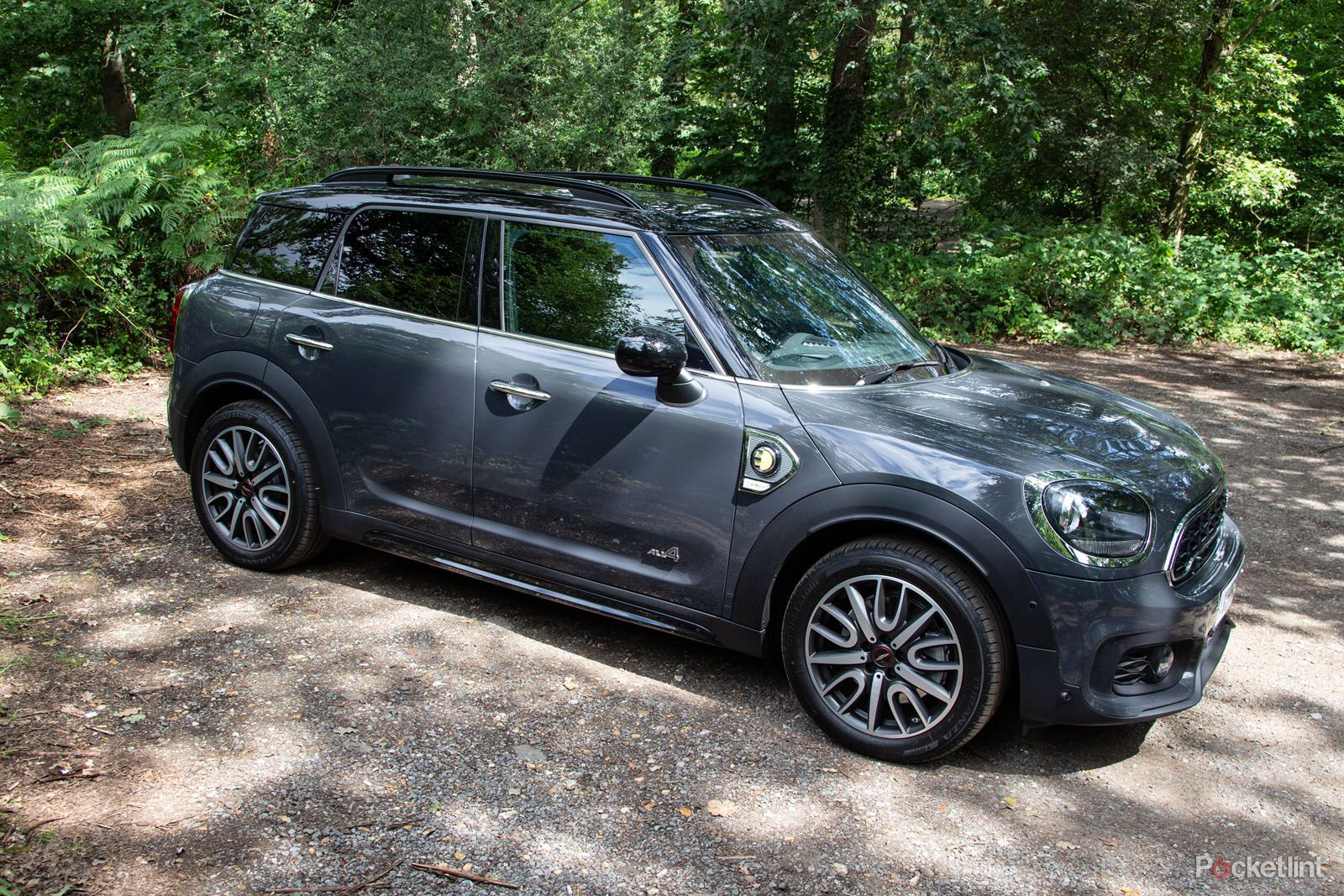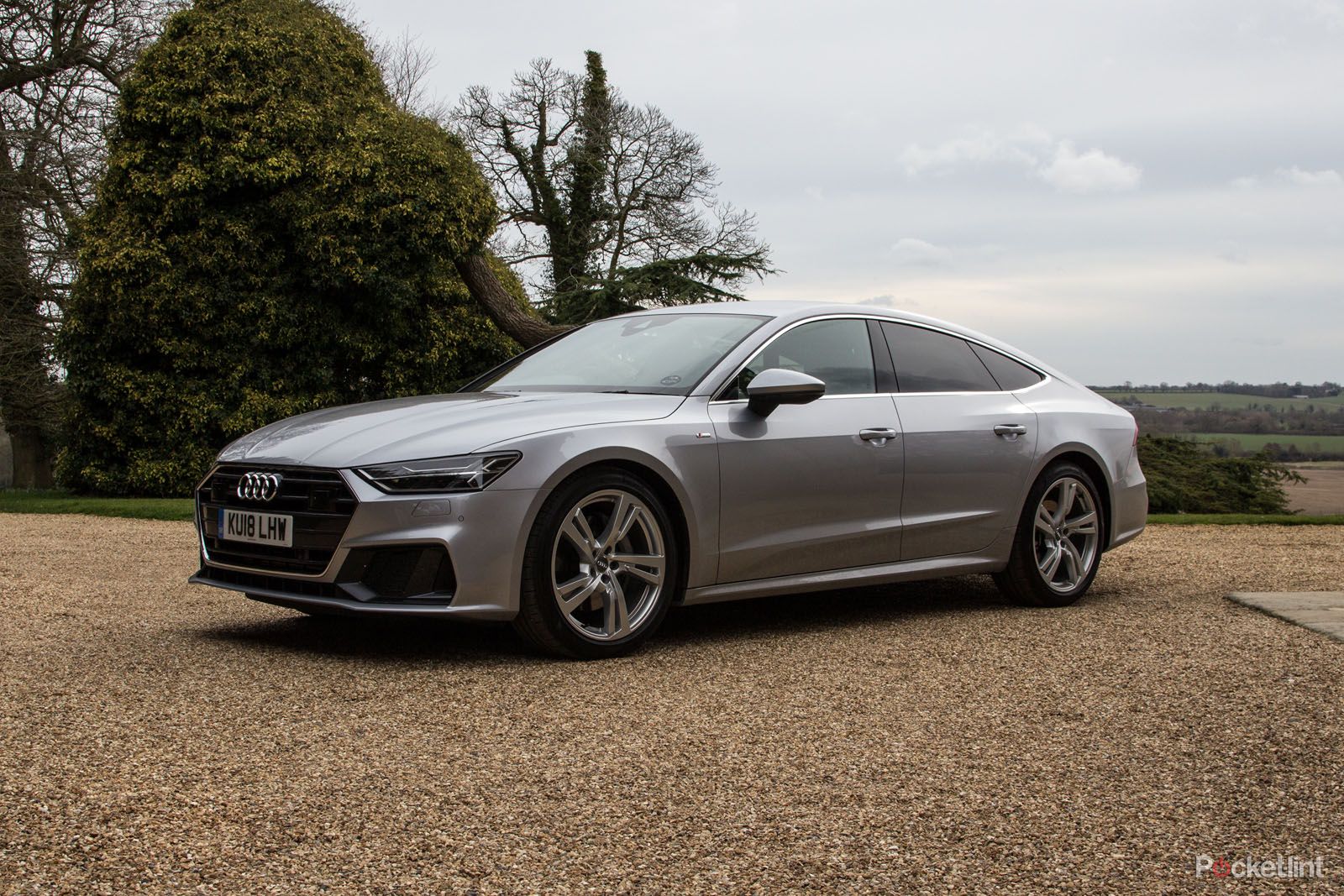The term “self-charging hybrid” burst onto the scene over the past few years, seeing plenty of people commenting to those with plug-in hybrids that they should have got the “self charging” model instead. Even the notion of a plug-in hybrid is a little alien to people as we transition away from combustion engines and towards electric cars instead. But what does all this talk of hybrids actually mean? Let us explain what all these hybrid cars are.
What is a hybrid car?
In its purest form, a hybrid is a car that has both a combustion engine and a battery. It uses a combination of both power sources to let you drive the car and there are a wide range of different types and configurations of hybrid. All hybrids manage the energy flow automatically and many will let you choose to drive purely in electric (from the battery) if you wish. This means the car runs with no tailpipe emissions and quietly without the noise of the engine running.
Broadly speaking, the aim of hybrid cars is to reduce tailpipe emissions and reduce traditional fuel consumption, allowing the potential for reducing motoring costs and the ability to reduce air pollution in some situations. There are also reduced rates when it comes to environmental charges or taxes in some areas.
What is a self-charging hybrid?
Self-charging hybrid is a marketing term that Lexus and Toyota are really going to town on. It is heavily used in advertising and is being used to differentiate between plug-in hybrids and those that don’t have the option to plug them in. In reality, a self-charging hybrid is a normal hybrid. In the advert below Lexus seems boasts about “no plugs” as a benefit, but in reality, all hybrids are self-charging (as are electric vehicles) to a degree.
Hybrid cars use regeneration to recharge the battery: rather than braking by friction and turning that kinetic energy (the forward motion) into wasted heat via the brakes, it uses it to run a generator to recharge the on-board battery. They can also use the engine to recharge the battery directly.
As such, self-charging hybrids are better in stop-start driving: if you only drive at a constant speed on the motorway, the opportunities for energy recuperation are lowered. And you’ll only ever be able to travel a mile or two on the battery alone, before the engine has to kick-in and top-up the battery. Ultimately, remember that you can’t get energy from nowhere – so if you’re not plugging it in, you’ll be using the combustion engine for that power.
The classic example of a regular – or self-charging – hybrid is the Toyota Prius. It’s basically the car that started the revolution in hybrid powertrains and there are lots of Toyota and Lexus models that offer this technology. So, a self-charging hybrid is a hybrid that you can’t plug in. Here are some examples:
What is a plug-in hybrid?
Plug-in hybrids (or PHEV – plug-in hybrid electric vehicle) come with the benefit of letting you recharge the battery by plugging it into the mains. This means you’re not dependent on only recouping energy through regeneration to charge the battery, or using the engine as a generator to charge it.
This means you can drive away from home knowing you have a full battery. Because the batteries of plug-in hybrids are bigger than self-charging hybrids (typically, you can drive about 30 miles on just the battery), you may choose to do your urban or local driving in battery mode, only switching to the engine when you’re on larger roads where range might be a concern.
The regeneration on braking still works on the plug-in hybrid as it would in a “self-charging” hybrid, so in essence, you don’t lose anything. Plug-in hybrids are widely available, but typically are more expensive than the same car as a regular hybrid, because of the adaptions needed for charging and the larger battery.
The Hyundai Ioniq and the Toyota Prius are both available as regular hybrid or plug-in hybrid and there’s about $/£5,000 difference in price between the two – but both these plug-in models also have larger capacity batteries, offering more power and more driving range on electric alone. The downside of a plug-in hybrid is that the electric range is minimal and again, if you’re not doing stop-start driving, the battery is soon depleted and is just (literally) dead weight, so economies on the motorway are not good.
Here are some examples:
What is a mild hybrid?
A mild hybrid arguably shouldn’t really be on this list. But, in accordance with our opening definition of what a hybrid car is, we’re including it here. A mild hybrid is a car that has a secondary battery in addition to a combustion engine, running a secondary electric system. This system can be used to take some of the load off the engine, thereby reducing fuel consumption.
Audi, for example, has a MHEV (mild hybrid electric vehicle) system that will do things like allow the car to coast with the engine off for up to 40 seconds, as well as spin the engine back up to speed to improve the driving dynamics of the car and improve the stop-start experience. The reported fuel saving is around 0.7-litres per 100km.
While self-charging and plug-in hybrids are likely to be something you go out and deliberately buy because you want to reduce tailpipe emissions, the MHEV is a smaller advantage. Here are some examples:
Which is the best hybrid?
Ultimately, if the aim is to reduce the environmental costs involved with motoring, then a plug-in hybrid is preferable. This will let you use the car for short journeys entirely from the battery – the school run, weekly shopping, perhaps your commute – so you can charge at home and reduce both emissions and fuel costs. When it comes to reducing fuel costs in all conditions, hybrids don’t fair so well on longer motorway journeys, because the battery really doesn’t offer much assistance and typically a conventional diesel is cheaper to run (in fuel costs) than a hybrid. Here the MHEV arrangement can be more efficient as it’s basically a diesel with some efficiencies added.
Ultimately, if you’re looking to reduce both emissions and fuel costs over longer distances, then pure electric might be the answer for you. With 300 miles now becoming more common and a recharge costing substantially less than a tank of diesel – and no tailpipe emissions – it’s only those wanting longer ranges without having to stop for charging who might struggle with an electric car.
Trending Products

Cooler Master MasterBox Q300L Micro-ATX Tower with Magnetic Design Dust Filter, Transparent Acrylic Side Panel…

ASUS TUF Gaming GT301 ZAKU II Edition ATX mid-Tower Compact case with Tempered Glass Side Panel, Honeycomb Front Panel…

ASUS TUF Gaming GT501 Mid-Tower Computer Case for up to EATX Motherboards with USB 3.0 Front Panel Cases GT501/GRY/WITH…

be quiet! Pure Base 500DX Black, Mid Tower ATX case, ARGB, 3 pre-installed Pure Wings 2, BGW37, tempered glass window

ASUS ROG Strix Helios GX601 White Edition RGB Mid-Tower Computer Case for ATX/EATX Motherboards with tempered glass…












